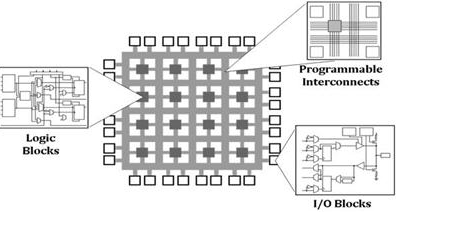Flash
Flash memory is an electronic (solid-state) non-volatile computer storage medium that can be electrically erased and reprogrammed. Toshiba developed flash memory from EEPROM (electrically erasable programmable read-only memory) in the early 1980s and introduced it to the market in 1984.[citation needed] The two main types of flash memory are named after the NAND and NOR logic gates. The individual flash memory cells exhibit internal characteristics similar to those of the corresponding gates. While EPROMs had to be completely erased before being rewritten, NAND-type flash memory may be written and read…
Read More
